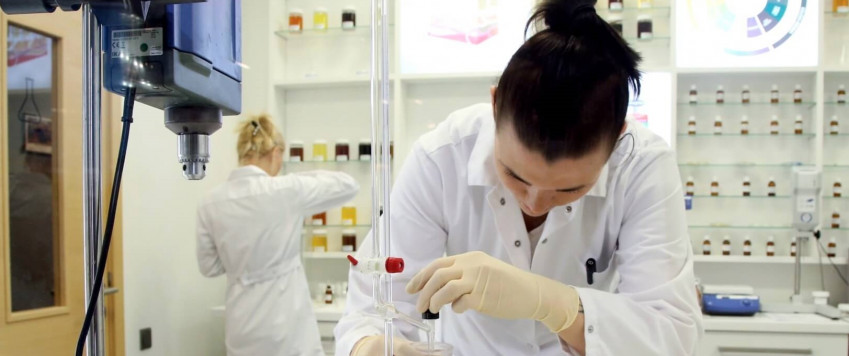The labour market also cools as a result of slower growth

Latvia's labour market indicators for 2019 reflect both slower economic growth and contractions in the number of working age population.
In 2019, the improvement in the population's economic activity recorded in the previous years was no longer observed as the number of the economically active population decreased, but that of the employed persons rose somewhat. Employment outpaced the decline in the number of working age population; however, these indicators offset each other as a result of economic deceleration and both the economic activity and employment have remained at the levels recorded in 2018 vis-à-vis the total number of working age population.
By contrast, the unemployment rate decreased by 0.9 percentage point as compared with the fourth quarter of 2018, standing at 6.0% in the fourth quarter of 2019. Consequently, in 2019 the unemployment rate reached 6.3%, representing a year-on-year decrease of 1.1 percentage points. The number of jobseekers decreased across all age groups, except men aged 15–24.
From the perspective of labour market, it is necessary to follow two directions in the future. The first direction concerns the promotion of the population's economic activity as there are more than 400 thousand economically inactive people of working age in Latvia. Although a number of these people cannot enter the workforce (e.g. due to health problems), one should find ways how to activate unused labour reserves and to engage part of these people in the labour market in the circumstances of the shrinking population.
The second direction focuses on higher labour productivity that will also contribute to improved competitiveness. In a situation where labour force as a production resource is ever less frequent, it should be used as smartly and efficiently as possible. This also means the utilisation of labour force only where necessary and where it cannot be replaced by automation solutions. While initially it may be perceived as less employee-friendly, productivity increased as a result of automation, however, would allow to increase income of businesses and thus enable them to pay higher wages, which would be to the benefit of employees.
Unemployment is also expected to shrink further at a slower rate due to more subdued economic growth. At the same time, labour supply will continue to abate because of the demographic trends, leading to higher need for labour productivity growth.
Textual error
«… …»






